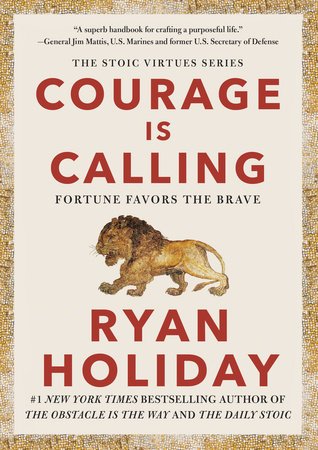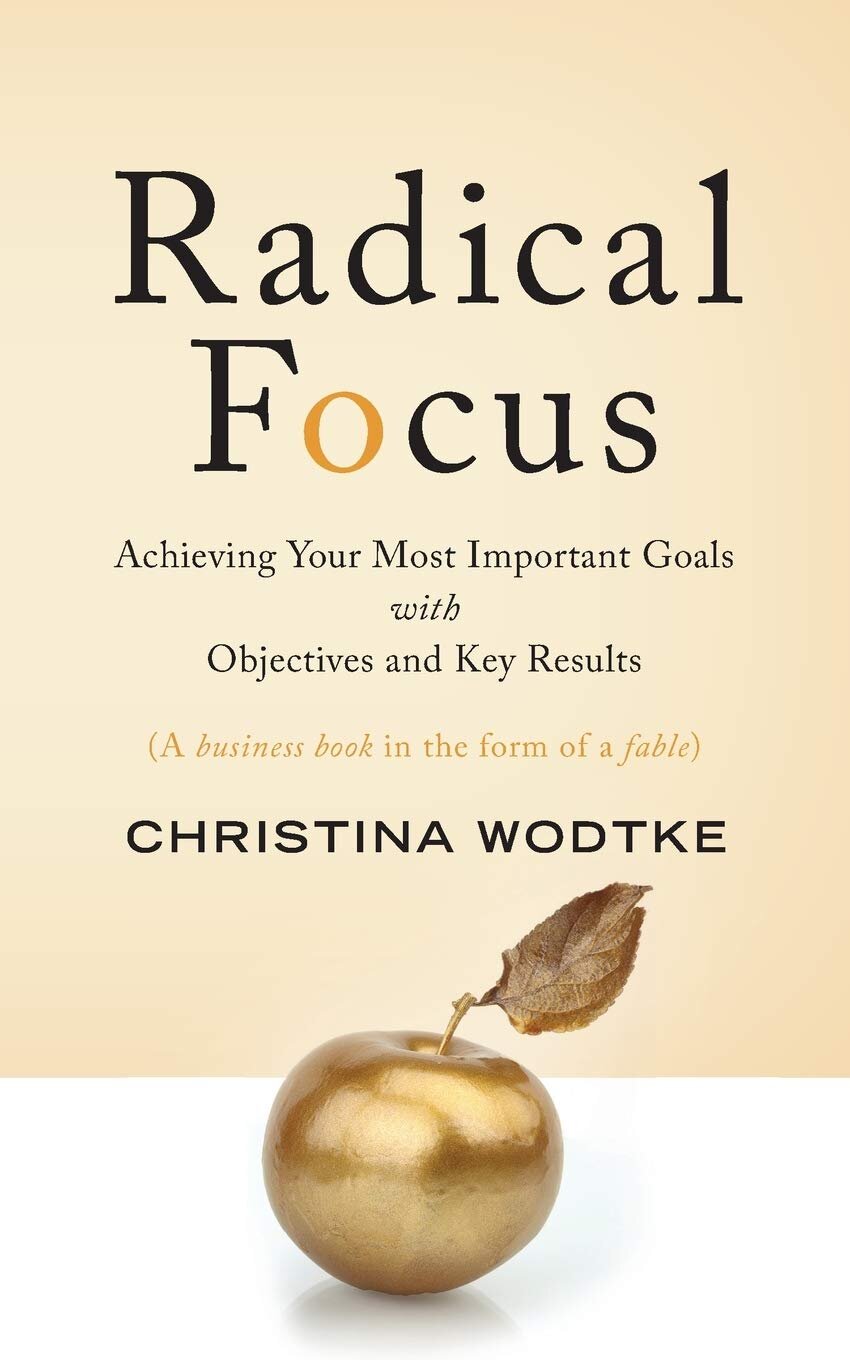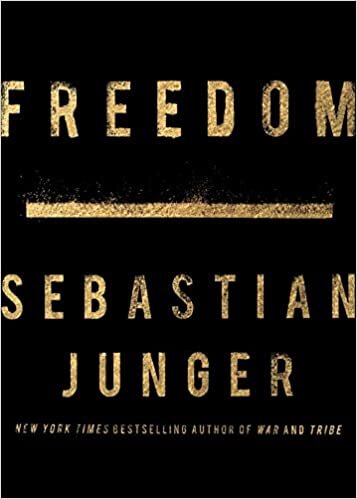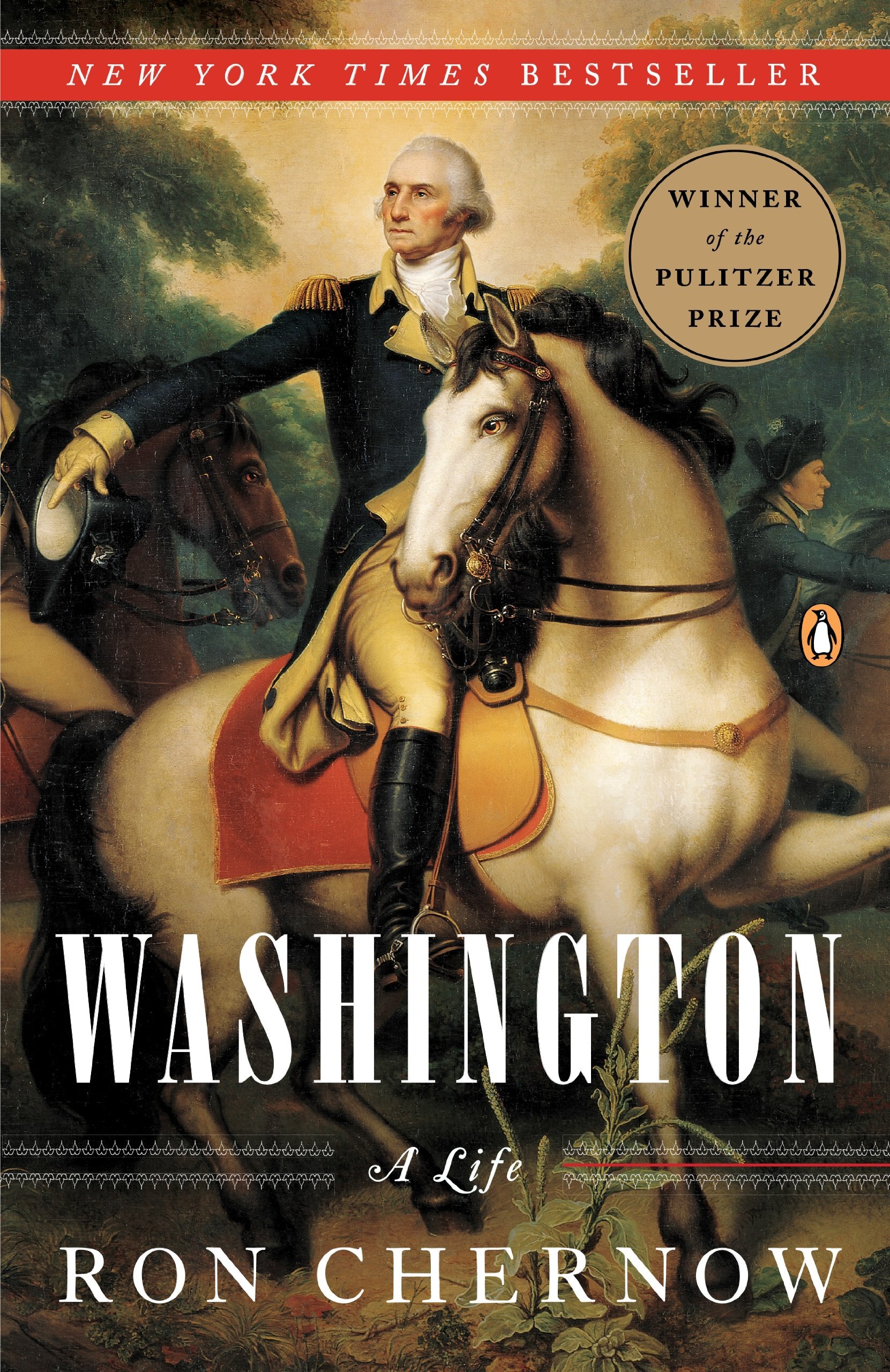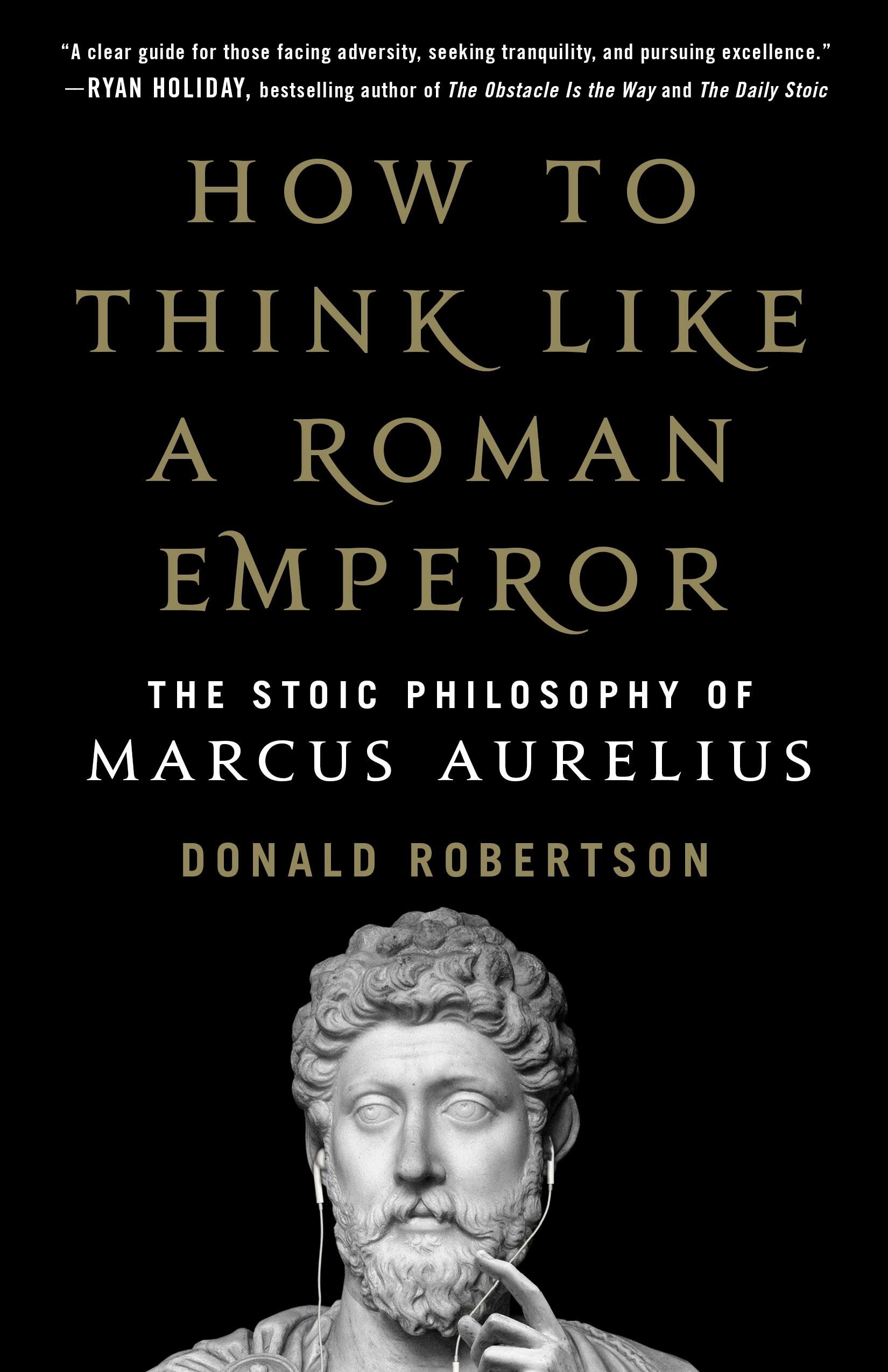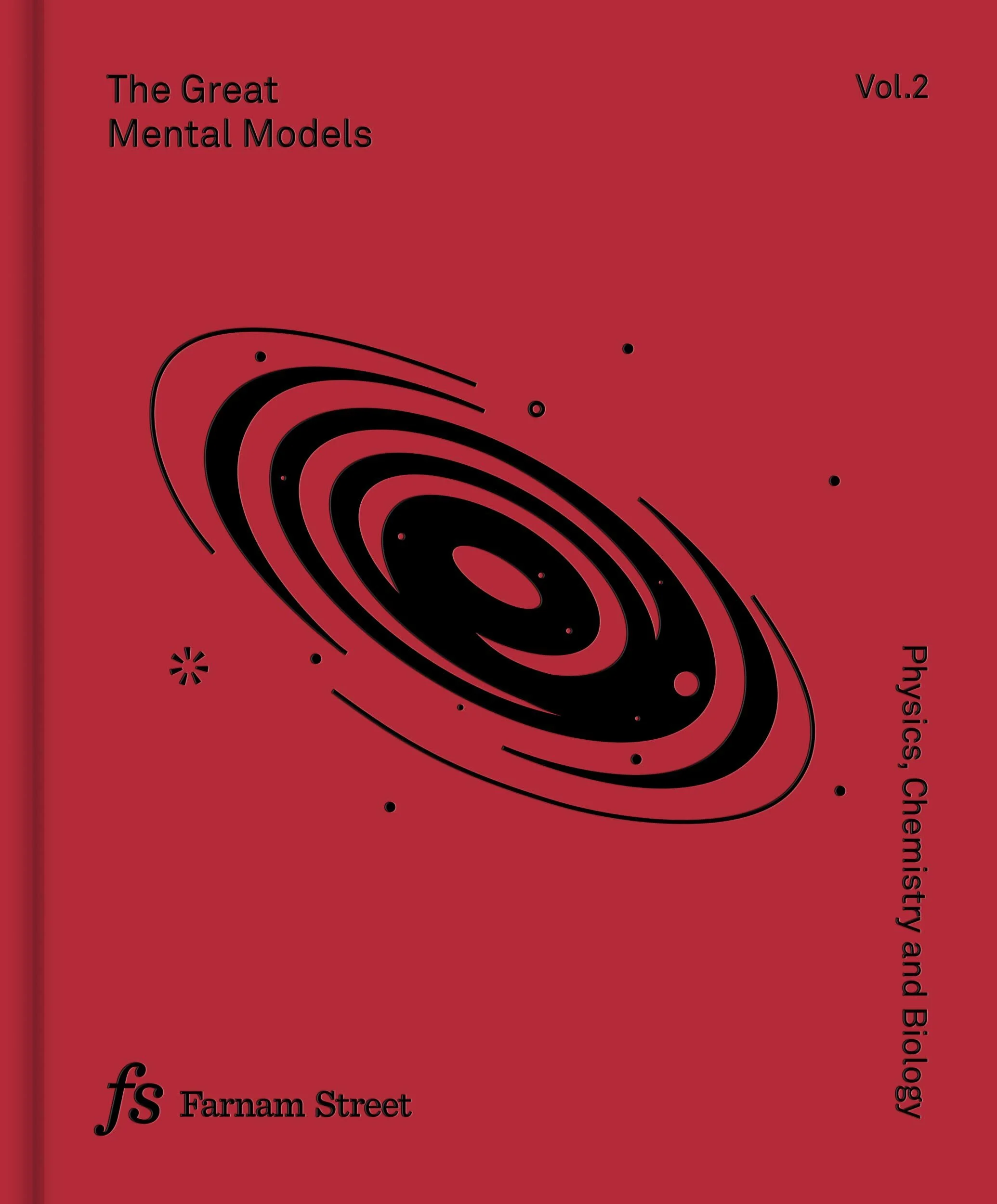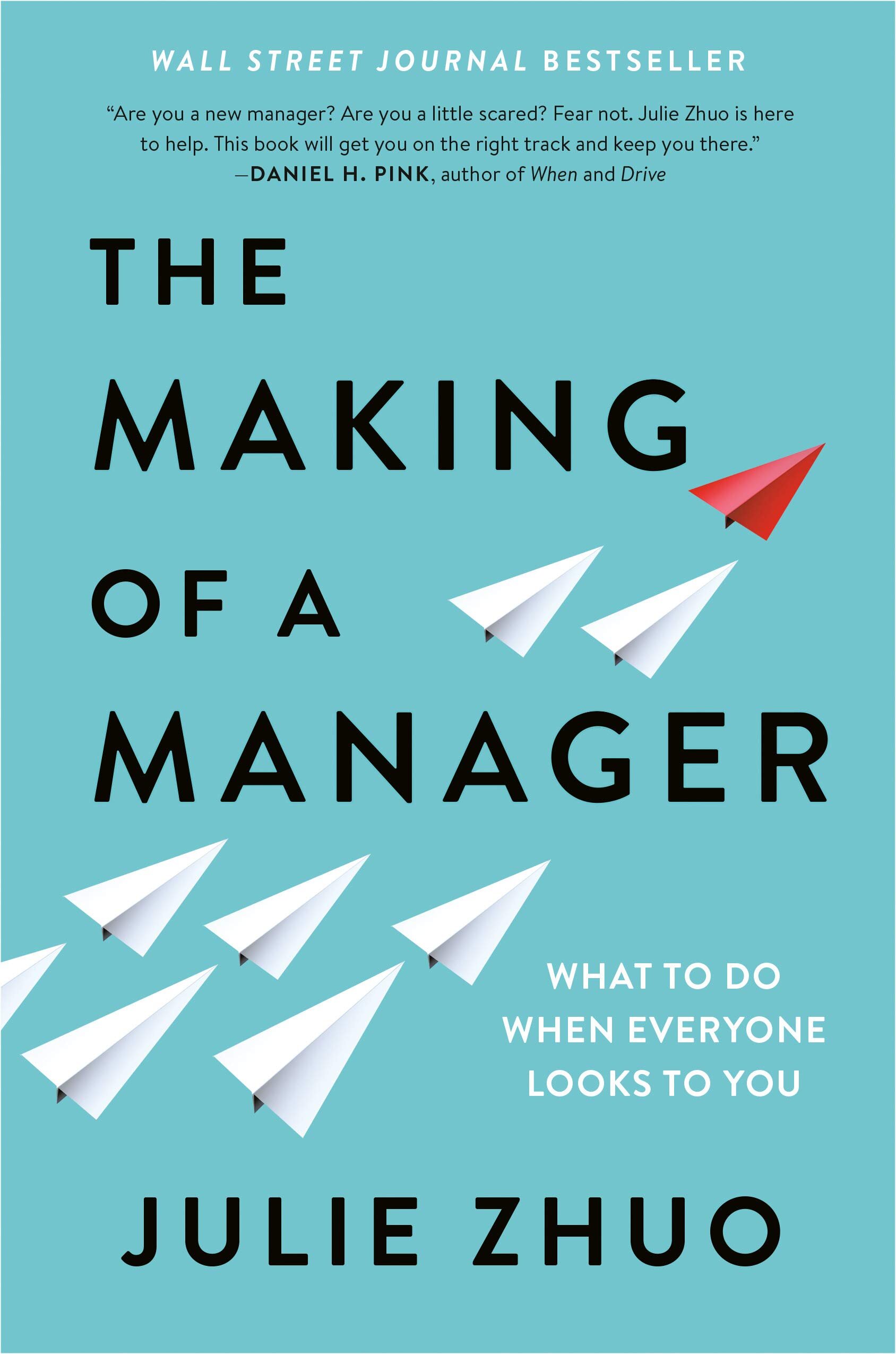The Innovation Stack – by Jim McKelvey
Date read: 10/25/21. Recommendation: 9/10.
One of the most compelling and entertaining business narratives that I’ve read. McKelvey details his first-hand experience launching Square alongside Jack Dorsey. The book dives into what entrepreneurship truly is, how to identify and articulate meaningful problems, and how to create a differentiated business model through your own innovation stack—a series of interlocking solutions that serve to create defensibility for your business. But as McKelvey points out, an innovation stack isn’t a neatly planned map of things that you anticipate building ahead of time. Instead, it’s a series of reactions to real problems and challenges that you stack on top of each other to deliver a solution that drives results.
See my notes below or Amazon for details and reviews.
My Notes:
Innovation Stack:
“The problem with solving one problem is that it usually creates a new problem that requires a new solution with its own new problems. This problem-solution-problem chain continues until eventually one of two things happens: either you fail to solve a problem and die, or you succeed in solving all the problems with a collection of both interlocking and independent innovation. This successful collection is what I call an Innovation Stack.” JM
“An Innovation Stack is not a plan, it is a series of reaction to existential threats.” JM
“You cannot view the elements of an Innovation Stack individually. The innovation evolves as a whole. No single element can be inserted or removed without changing the behavior of the other elements.” JM
Square’s Innovation Stack:
Simplicity: focused on a known price—one price, a percentage of the transaction for everyone at all times, no hidden fees. Consequence is that even on small transactions, Square was still paying per transaction fee to card networks so they were losing money. Forced to recoup these by having a huge volume of other transactions so they need to scale.
Free sign-up: Pricing model could only work if they grew rapidly, so created a fast, frictionless, free sign up.
Cheap hardware
No contracts: hardly spoke to customers in early days to keep costs down.
No live support: “We took our lack of live customer service very seriously. It was not just a way to keep our costs down, it forced us to develop more innovation to further reduce the need for customers to contact us.” JM
Beautiful software
Beautiful hardware: “By intentionally sacrificing function for attention we got people to notice that something was happening outside the city walls.” JM
Fast settlement: “Speed was critical for several reasons. It delighted customers and kept our growth humming, but more important, it eliminated all those ‘Where’s my money?’ Support calls.” JM
Net settlement: Simple pricing allowed them to know what to send to the merchant daily. Rest of industry spent days before they knew cost of a charge which involved complicated math to determine balance.
Low price
No advertising
Online sign-up
New fraud modeling
Balance sheet accountability
These were not planned inventions. They were reactions to real problems and challenges that Square then stacked on top of each other to deliver a solution that drove results.
Square’s innovation stack of 14 elements makes it incredibly hard to replicate. To copy even one element correctly is likely around a 75% chance. Stack that on top of 13 other elements and you have less than a 5% chance to copy the product correctly.
Control:
In the early days, it’s important to control every aspect of your product. Especially physical products. If you’re not doing it by hand and you’re outsourcing, the feedback loop becomes too drawn out to make quick corrections. Because of this, in the early days of Square, their hardware changed every week.
Commitment:
“Commitment can substitute for qualification.” JM
Management:
“This is why I laugh when people copy Google’s management practices. Twenty billion dollars of free cash flow fixes a lot of managerial mistakes.” JM
Timing:
Cut through the infinite options by asking, “When should we begin?” There are two answers to this: now or later. “Now is often the right answer. In this world of highly similar products, speed is a huge advantage.” JM
Observation + skin in the game:
“Entrepreneurs fighting for survival outside the civilized market don’t build mathematical models of what will happen, they just do it and observe. Jumping rope with a bungee cord isn’t impossible; you try, experience what happens, and make adjustments. The effects of each element on the other elements, while impossible to predict, are relatively easy to observe and respond to.” JM
Competition:
If your industry is growing slowly through incremental improvement, copying competitors and watching your competitors more closely than you watch customers is a sound strategy.
Entrepreneurial companies should focus on the customer, typically a customer who is new to the market, since a company can only develop an innovation stack by being laser-focused on customers. Maintain focus on customers, even in face of direct attack from competition.



